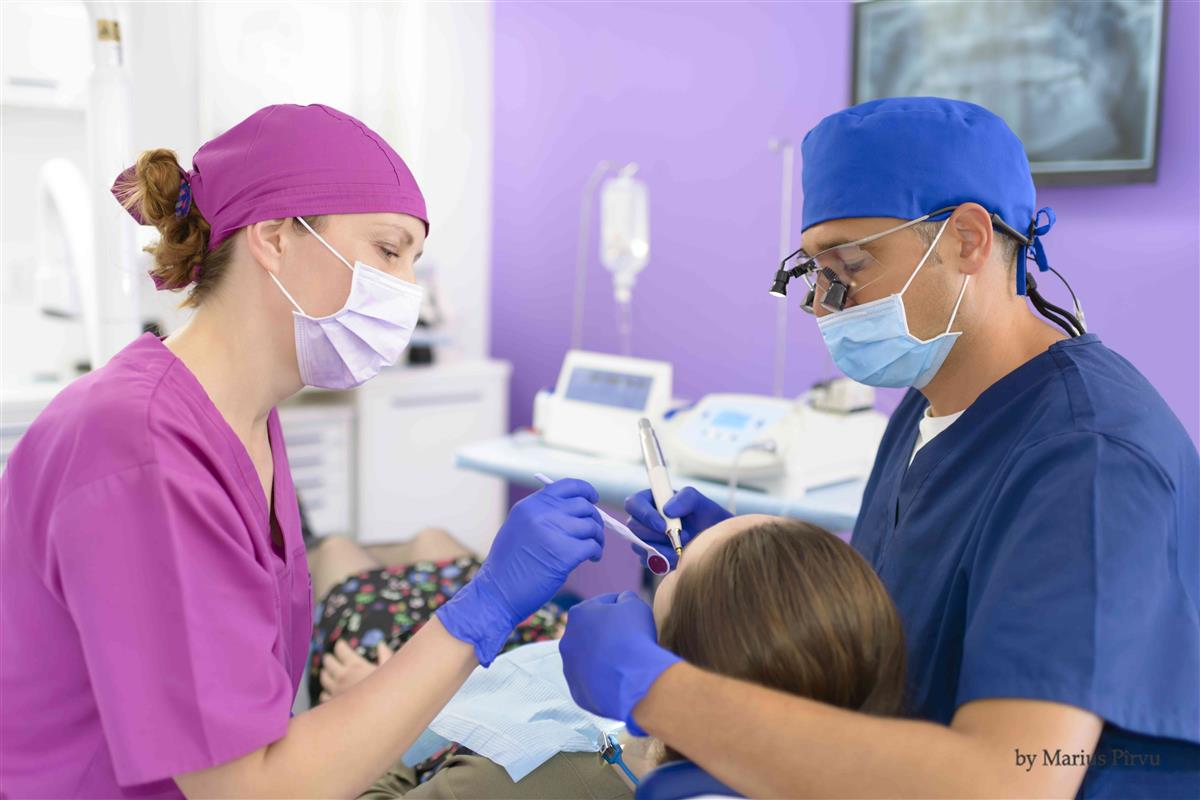Dental prostheses
 Prosthodontics is that branch of dental medicine that deals with the replacement of lost or compromised original teeth for various functional and/or aesthetic reasons. There are two type of dental prostheses: fixed prosthesis and mobile prosthesis.
Prosthodontics is that branch of dental medicine that deals with the replacement of lost or compromised original teeth for various functional and/or aesthetic reasons. There are two type of dental prostheses: fixed prosthesis and mobile prosthesis.
Fixed prostheses include crowns and bridges on both natural teeth and implants. They can be made of various materials: alloy/ceramic, gold, titanium, integral ceramics and finally zirconium/ceramics, which is the best choice aesthetically speaking. A prosthetic crown (often improperly called “capsule”) is a “skeleton” that allows complete reconstruction of the external, therefore visible, portion of the tooth, reproducing its shape and colour. It is anchored (with cement or screws) to the remaining portion of the tooth, or, if necessary, to an implant. Several crowns can be joined together and anchored to the remaining teeth, allowing the missing teeth to be replaced. In this case, we are talking about a “bridge”.
Veneers are highly aesthetic restorations, performed frontally, on central, lateral incisors and canines. Compared to crowns, the advantage is that, while preparing the teeth, a minimal quantity of dental tissue is removed (less than 0.5 mm thick). They can be made both of ceramic and composite material. This type of restoration can completely change the morphology and colour, therefore the appearance of teeth and thus the appearance of the patients' smile.
Mobile or movable prostheses can replace some or all teeth. Dentures that replace all teeth are known as total dental prostheses (better known as false teeth), which are fixed to the gums and cover the jaw and mandible. The stability of these prostheses can be improved due to dental implants. Prostheses that replace only a few teeth are known as partial or skeleton dentures. They are fixed on the teeth that are still present and at the same time lean against the gum where teeth are missing.